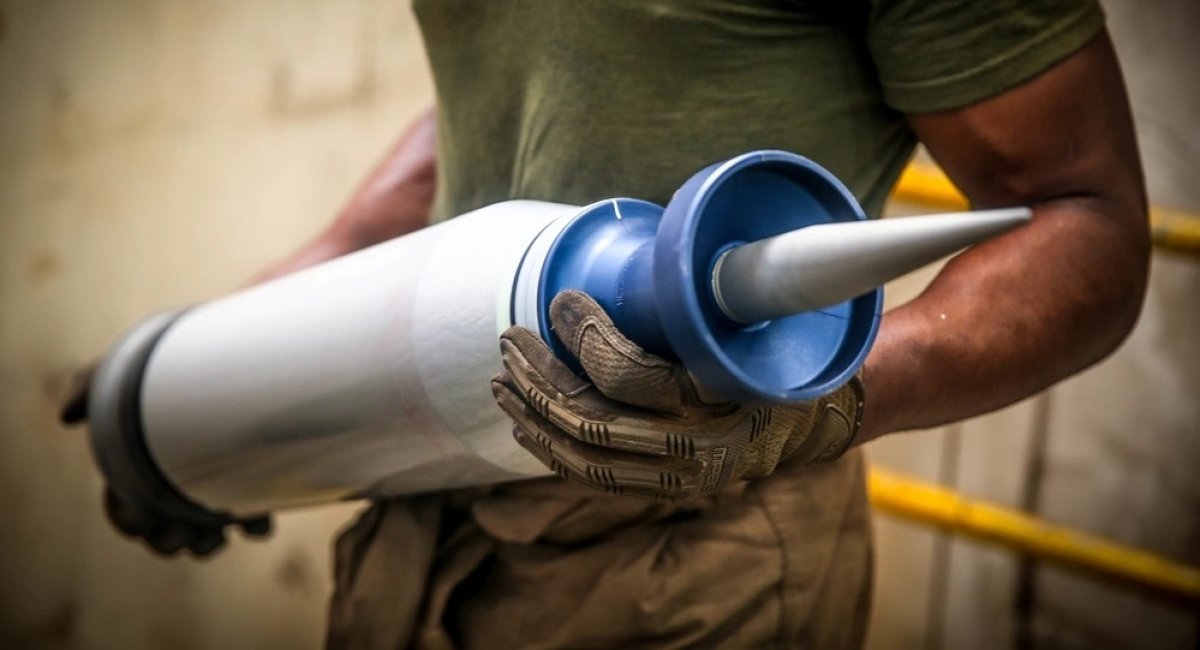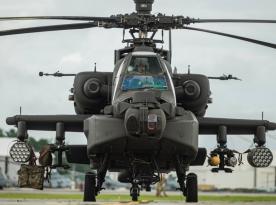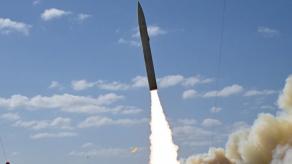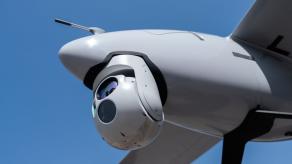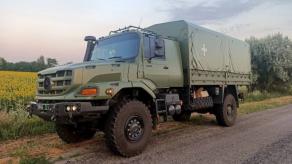The Pentagon announced it would send Ukraine 120mm tank rounds with depleted uranium, they will be used by M1 Abrams coming to Ukraine this autumn. In response, Moscow and its propaganda machine unleashed a wave of accusations against Ukraine, including "crossing the red line" and baseless claims that the use of DU will lead to an outbreak of oncological diseases.
In fact, this is nothing but double standards because the russian army itself has a wide selection of DU tank shells (though with an important nuance) but still is concerned about those American rounds which have not even arrived in Ukraine yet.
Read more: Which Ukrainian Tanks Can Fire Depleted Uranium Shells, Beside Abrams
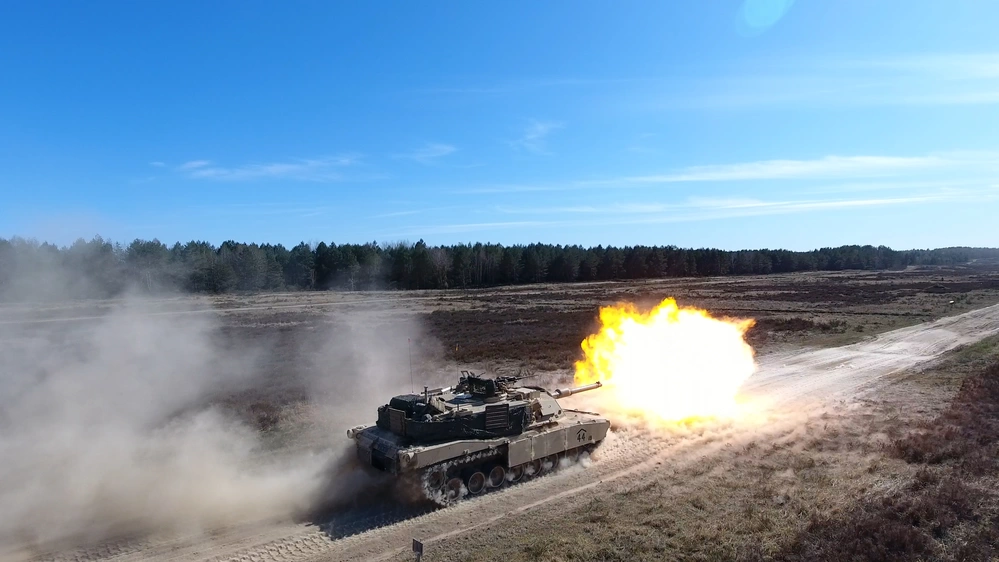
For example, the russians themselves put down in their declarations that they have the 3BM59 Svinets-1 ("Lead-1," ammo ID: 3VBM22), which has a penetrator made of depleted uranium, and also its tungsten "analog" called 3BM60 Svinets-2 ("Lead-2," ammo ID: 3VBM23), with the penetrator made of tungsten, respectively.
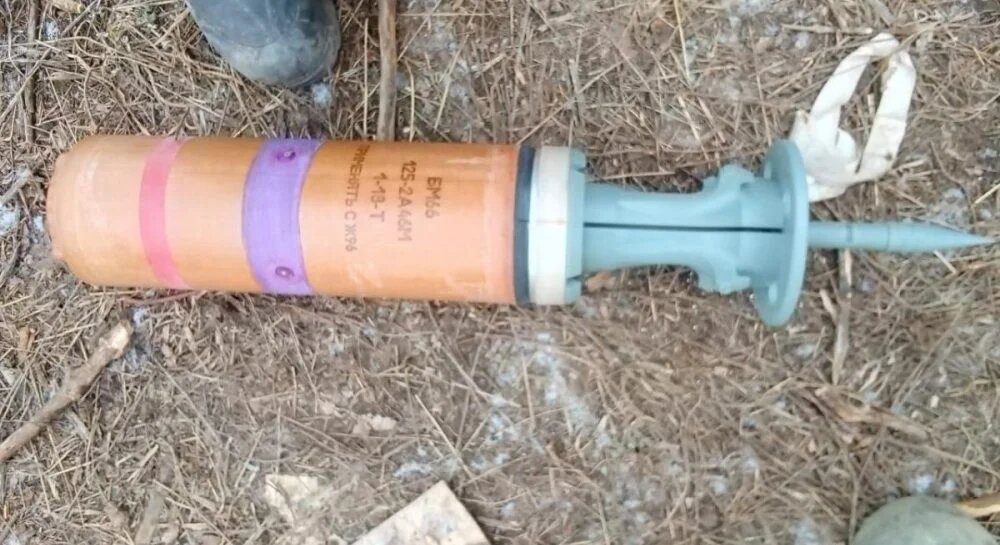
According to the russian documents, the DU shells are part of the standard arsenal for T-72B3, T-80BVM, and T-90 main battle tanks. At the same time, they specified that not every tank can fire Svinets-1 because this round is slightly longer than its tungsten counterpart, hence using it requires an adjustment to the loading mechanism – not all of the vehicles have undergone the upgrade enabling to use both.
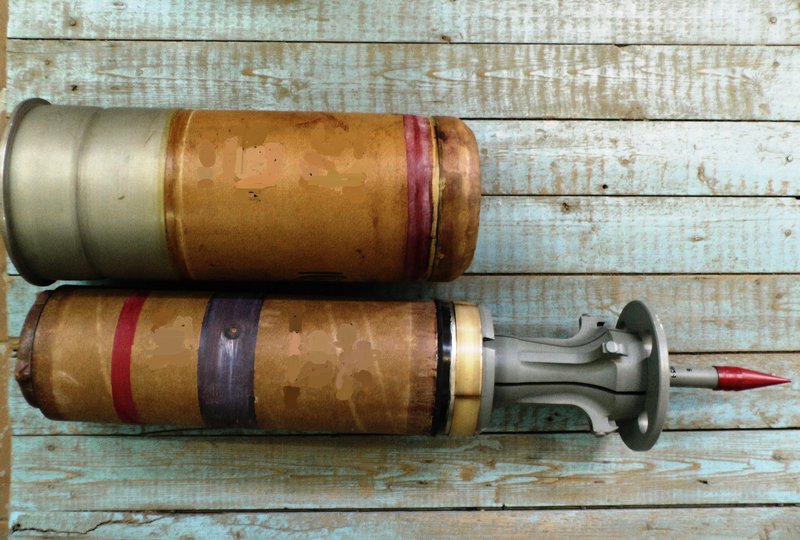
Works on russian depleted uranium shells started back in the USSR, in the 1970s or 1980s. The first of the series was the 3VBM13 Vant with the 3BM32 penetrator, and the next one was the 3BM-29 Nadfil-2 but neither of these two designs ultimately entered mass production.
This also explains the real reason for the double standards that russia is showing in the matter of DU ammunition supplies to Ukraine: this way the russians lament the fact they are not able to use DU shells themselves as much as they might have wanted to.

Read more: Ukrainian Artillery Destroyed a russian T-90 Tank (Video)




